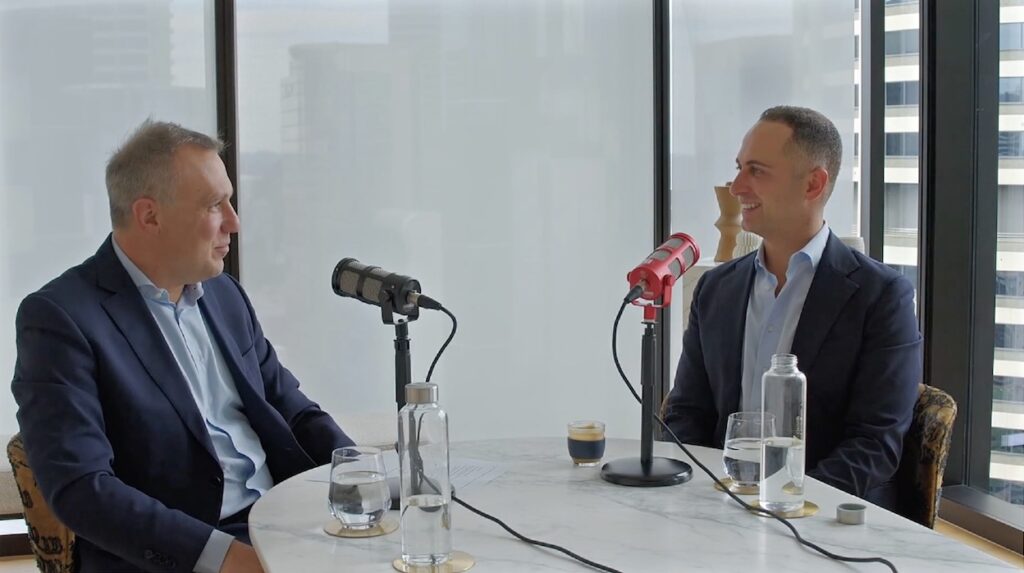Oi obtains USD 500m backstop from ad hoc creditors; meeting postponed to 10 April
Oi and its creditors have decided to postpone the vote on the debtor’s proposed restructuring plan to 10 April, after reaching a backstop agreement for part of its debtor-in-possession (DIP) facility, according to Bruno Rezende, one of the judicial managers acting in the case.
The Brazilian telecom unveiled a preliminary agreement with Brazilian telecommunication regulator Anatel related to its fixed-line concession contracts and presented a new debt restructuring plan on 25 March at the start of its creditor meeting.
In the proposal, Oi will raise around USD 650m in a superpriority debtor-in-possession (DIP) financing, maturing in June 2027, paying 10% annually in cash or 13.5% per year at 7.5% in cash and 6% in-kind (PIK). The parties discussed the plan until the evening of 25 March, and resumed the meeting today (26 March).
According to Thalles Paixao, Oi’s Chief Legal Officer, after intense negotiations, an ad hoc group of creditors – formed by bondholders and Exchange Credit Agencies (ECAs) – today signed a backstop agreement for USD 500m of the USD 650m.
The remaining amount will be provided by other parties interested in providing DIP funds to the company. V.tal – a fiber-optics company of which Oi owns 34.7% and BTG Pactual the remainder – agreed to provide USD 100m, with the possibility to increase up to USD 150m.
Creditors participating in the new DIP may choose to inject new money into the company or to exchange credits (in the proportion of BRL 1 per USD 1), according to the plan.
Paixao also said the ad hoc group of creditors also agreed to increase the emergency DIP that had already been provided to the company. Oi previously obtained a DIP facility totaling USD 325m, in three tranches, as reported.
The ad hoc group of financial creditors has agreed to increase this DIP in order to provide short-term liquidity to the company, Paixao said. They will provide an additional USD 125m in a bridge loan, to be paid as a bullet bond, maturing in December 2024, paying 7% per year in cash, or 13.5% per year at 7.5% in cash and 6% in-kind (PIK).
The bridge loan must be disbursed by creditors by April 2024. If there is any disagreement about it, Oi will be free to look for a bridge loan from other parties in the market.
As all these terms must be included in a formal plan, Oi requested a suspension of the creditor meeting today.
Rezende agreed to put a postponement for 10 April up for a vote, and creditors representing 65.44% of the credits attending the meeting approved, in order to allow more time to analyze the plan. The meeting will occur at 11am (local time).
Asset sales
In its plan, Oi is proposing to sell certain assets, including its 34.7% stake in V.tal.
The plan also included the creation of a newco – temporarily called ClientCo – which will hold the assets of its retail fiber-optics business.
Oi intends to sell its stake in V.tal for at least BRL 8bn (USD 1.6bn). Additionally, the plan calls for the sale of 100% of the UPI ClientCo, in 2025, with a minimum sale price of BRL 7.3bn.
Of the proceeds obtained with the sale of UPI ClientCo, Oi would retain BRL 1.8bn to invest in its operations, with the remaining to be used to repay the superpriority DIP financing.
This retention, however, was another point under negotiation between the company and the ad hoc group of creditors.
During the meeting, Paixao said the company and the group of creditors also reached an agreement about it. All the proceeds obtained with the ClientCo sale must be used to repay the superpriority DIP loan. The company, however, may request, after the sale, to retain up to BRL 1.5bn to invest in its operations, but the company must obtain the green light from creditors.
The asset sales would occur through isolated production units (UPIs). A UPI is a special-purpose vehicle free of liens and other debtor obligations, including taxes, and which provides more legal certainty to an acquirer.
According to the plan, all the proceeds from the sale of V.tal will be used to repay creditors who participated in the superpriority DIP loan.
Other terms of the plan
The DIP loan will be offered in two tranches. The first, USD-denominated, will amount to USD 500m. The second, BRL-denominated, will total BRL 750m.
For unsecured creditors participating in the DIP financing, the company is proposing the issuance of bullet notes (so-called roll-up notes), divided into two tranches.
The first tranche consists of notes paying an annual interest rate of 8.5%, to mature in 4.5 years. The issuance will be limited to BRL 4bn, and Oi will offer certain guarantees to creditors. The second tranche will be limited to BRL 2.75bn, paying 8.5% per year, due in December 2030.
After the roll-up, the company is proposing a capital increase, in which creditors will exchange the remaining of their credits for equity, limited to 80% of the total capital of Oi, with the share price to be determined.
For unsecured creditors not participating in the DIP, Oi is offering exchange debt for new notes equivalent to 8% of their total claims. These bullet bonds will mature in December 2044, paying 50% of the CDI benchmark annually.
The 92% of credits remaining will be repaid with profit-sharing bullet bonds, maturing in December 2050 or earlier, depending on Oi’s dividend distribution, adjusted by 0.5% per year.
Oi filed for bankruptcy protection for the second time with the Seventh Commercial Court in Rio de Janeiro in 2023. The company reported BRL 43.7bn (USD 8.7m) in debt.












